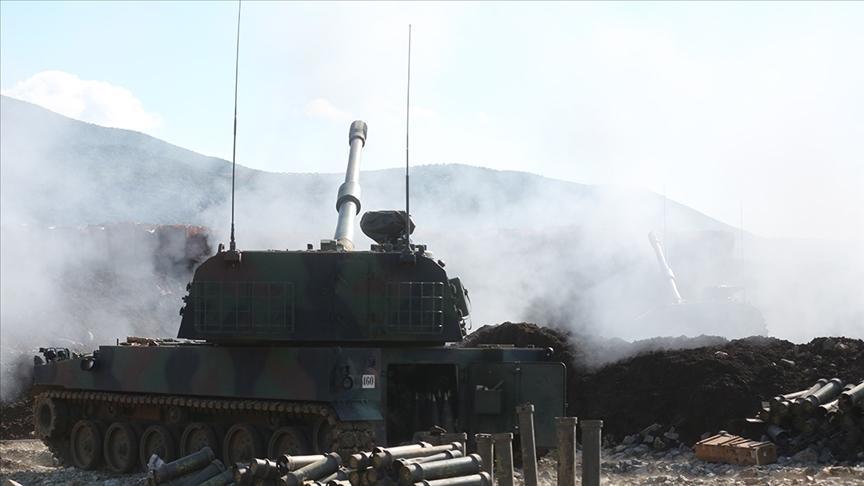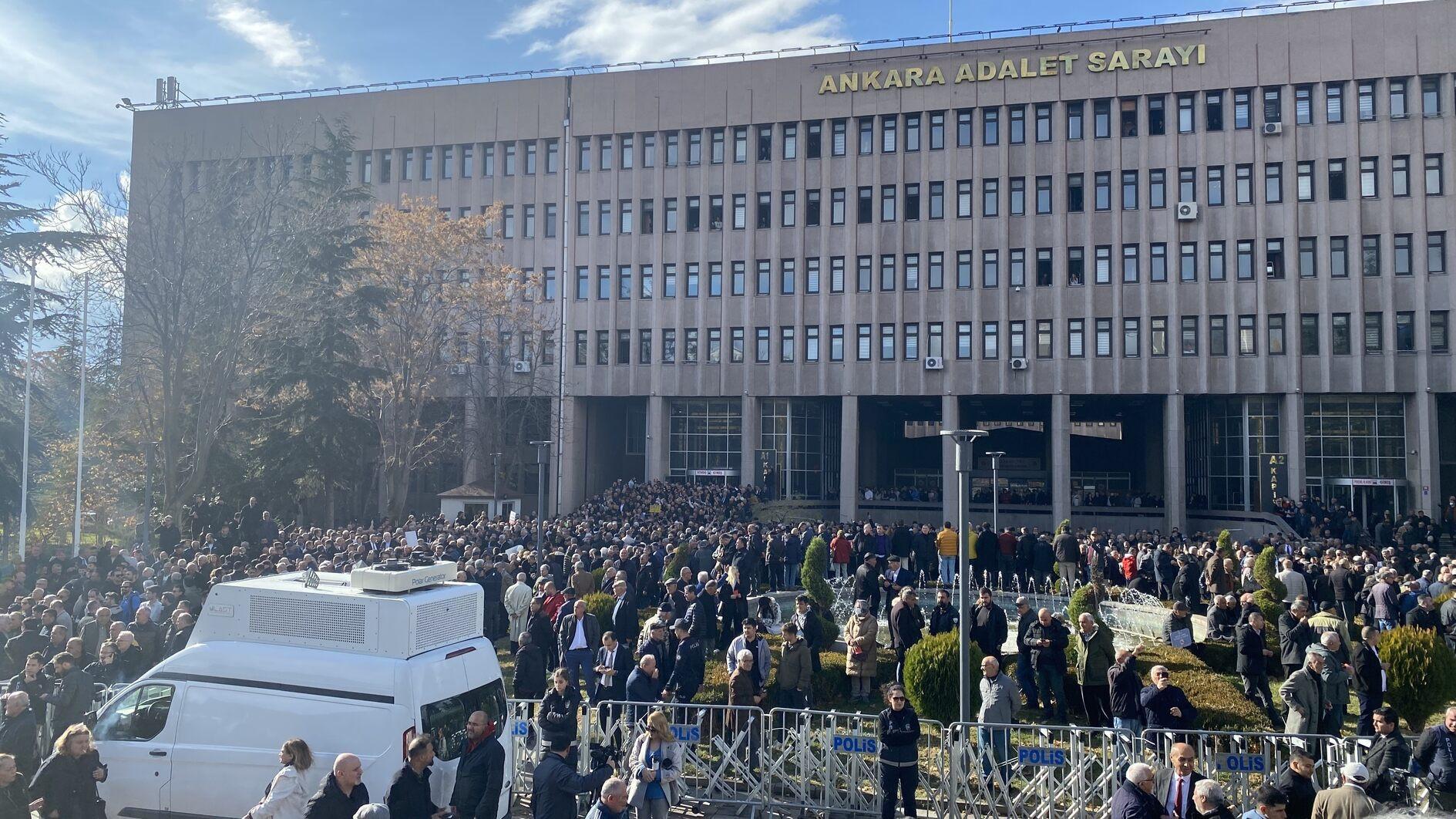Norway’s Telenor sees break-even in South Asia
NEW DELHI - Agence France-Presse
Norway’s state-run telecom giant Telenor said yesterday it expects to achieve financial break-even on its mobile operations in India in 2013 following a tough year in the South Asian nation.Telenor’s Indian unit Uninor said one of its telecom zones in the most populous state of Uttar Pradesh has already balanced its books, representing a big achievement in a growing but competitive and overcrowded market.
“We’ve had a bumpy ride but we’re very, very satisfied with our performance now,” Telenor chief executive Jon Fredrik Baksaas told reporters in New Delhi.
“This achievement starts the countdown towards a profitable Uninor,” he said.
Telenor has been rebuilding its operations since its Indian unit was among eight mobile operators whose licenses were cancelled by India’s Supreme Court earlier this year on grounds that a 2008 permit sale was under-priced.
Baksaas refused to be drawn on reports Telenor, the largest phone operator in the Nordic region, is in talks with local firm Tata Teleservices to combine operations and enlarge its footprint in India’s vast mobile phone market.
Tata Teleservices -- part of the tea-to-steel Tata conglomerate -- has licelses to operate in all of India’s 22 mobile zones, making it an attractive partner for Telenor, analysts say.
“Speculation is on every corner,” Bakaas said. “Right now, we’ve got a good structure and we’re on target to achieve overall break-even in 2013 so we have no further comment.” While expansion would be addressed “in the years to come”, he warned that the advantages of being a nationwide operator may be over-rated.
“It is more important to be profitable in a more concentrated geography”, he said.
Telenor, which has over 150 million customers globally, won back the right to operate in six cellular zones in an auction earlier this month after the Supreme Court cancelled its previous 13 permits awarded in 2008.
Telenor’s six zones cover over 50 percent of India’s population and have a mobile penetration of as low as 40 percent.
“This is where the real future growth is happening,” Baksaas said.
















